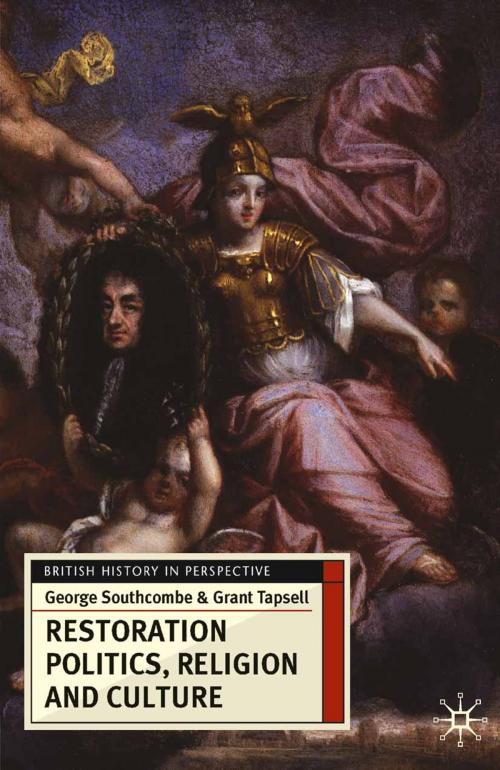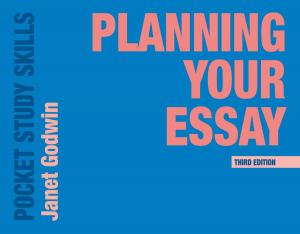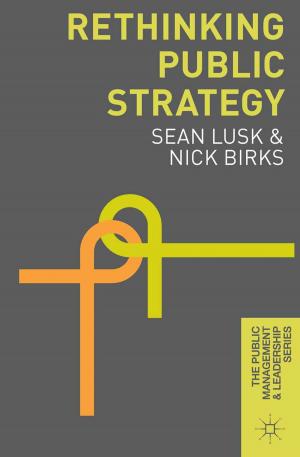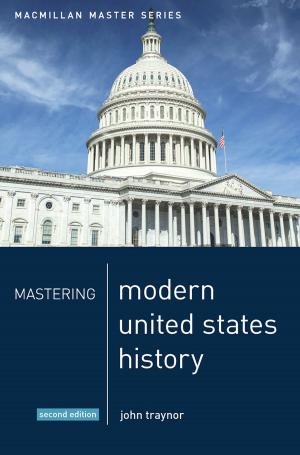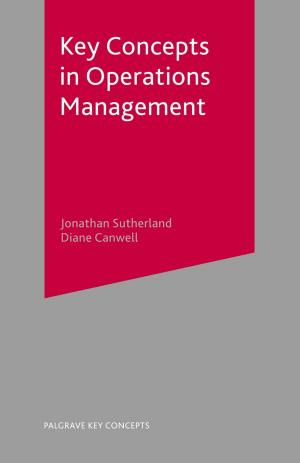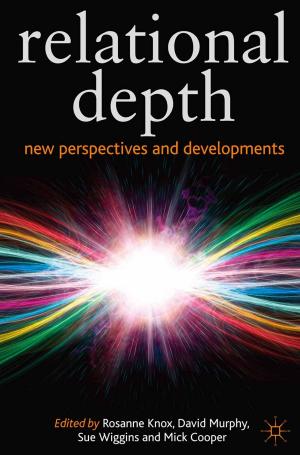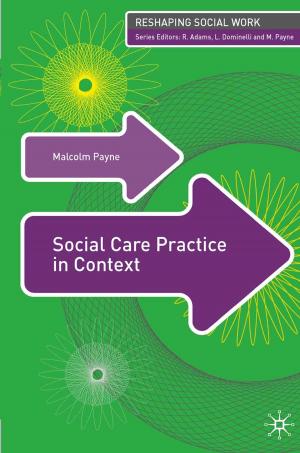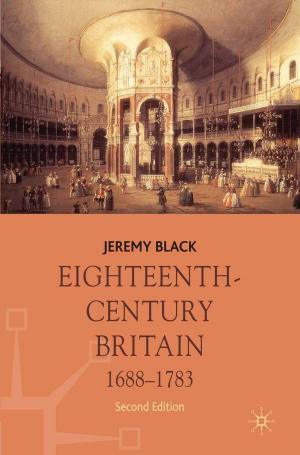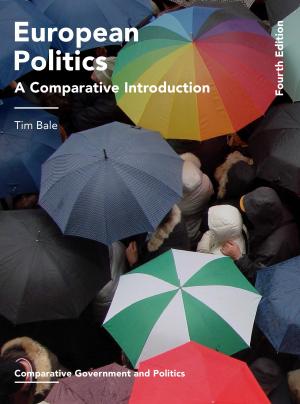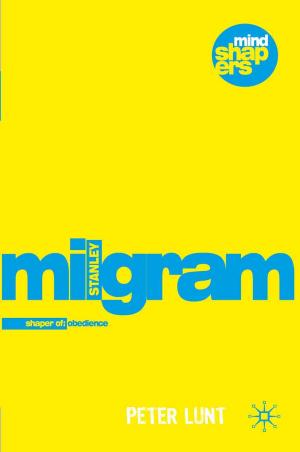Restoration Politics, Religion and Culture
Britain and Ireland, 1660-1714
Nonfiction, History, British| Author: | George Southcombe, Grant Tapsell | ISBN: | 9780230313545 |
| Publisher: | Macmillan Education UK | Publication: | November 27, 2009 |
| Imprint: | Red Globe Press | Language: | English |
| Author: | George Southcombe, Grant Tapsell |
| ISBN: | 9780230313545 |
| Publisher: | Macmillan Education UK |
| Publication: | November 27, 2009 |
| Imprint: | Red Globe Press |
| Language: | English |
This indispensable introductory guide offers students a number of highly focused chapters on key themes in Restoration history. Each addresses a core question relating to the period 1660-1714, and uses artistic and literary sources – as well as more traditional texts of political history – to illustrate and illuminate arguments. George Southcombe and Grant Tapsell provide clear analyses of different aspects of the era whilst maintaining an overall coherence based on three central propositions:
• 1660-1714 represents a political world fundamentally influenced by the civil wars and interregnum
• the period can best be understood by linking together types of evidence too often separated in conventional accounts
• the high politics of kings and their courts should be examined within broader social and geographical contexts.
Featuring chapters on the exclusion crisis, Charles II and James VII/II, as well as the British dimension, restoration culture, and politics out-of-doors, this is essential reading for anyone studying this fascinating period in British history.
This indispensable introductory guide offers students a number of highly focused chapters on key themes in Restoration history. Each addresses a core question relating to the period 1660-1714, and uses artistic and literary sources – as well as more traditional texts of political history – to illustrate and illuminate arguments. George Southcombe and Grant Tapsell provide clear analyses of different aspects of the era whilst maintaining an overall coherence based on three central propositions:
• 1660-1714 represents a political world fundamentally influenced by the civil wars and interregnum
• the period can best be understood by linking together types of evidence too often separated in conventional accounts
• the high politics of kings and their courts should be examined within broader social and geographical contexts.
Featuring chapters on the exclusion crisis, Charles II and James VII/II, as well as the British dimension, restoration culture, and politics out-of-doors, this is essential reading for anyone studying this fascinating period in British history.
